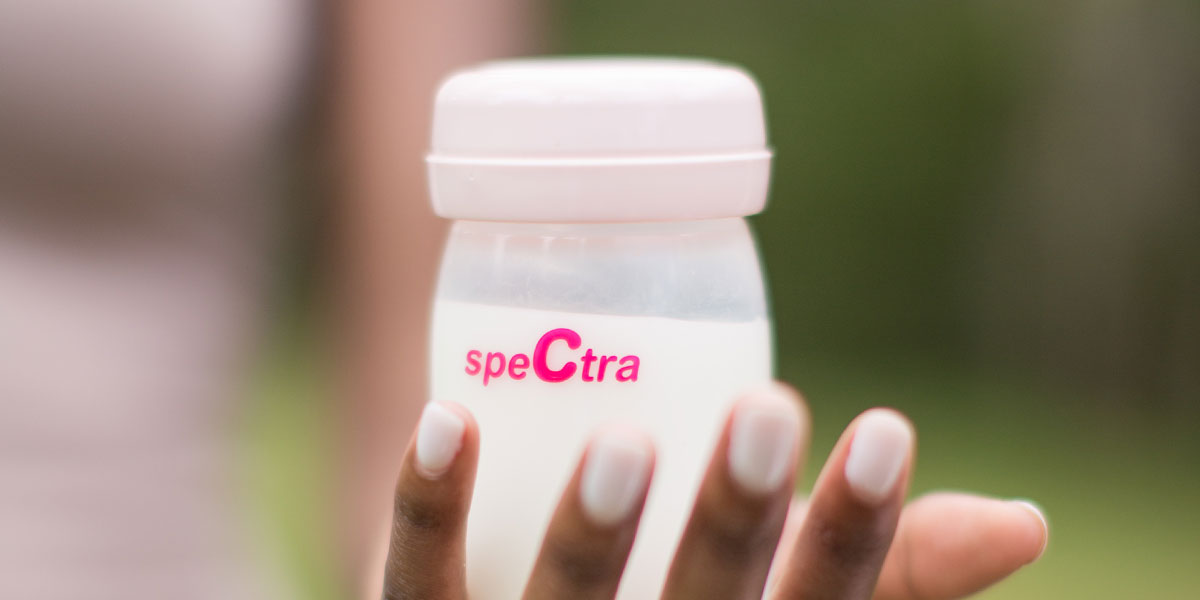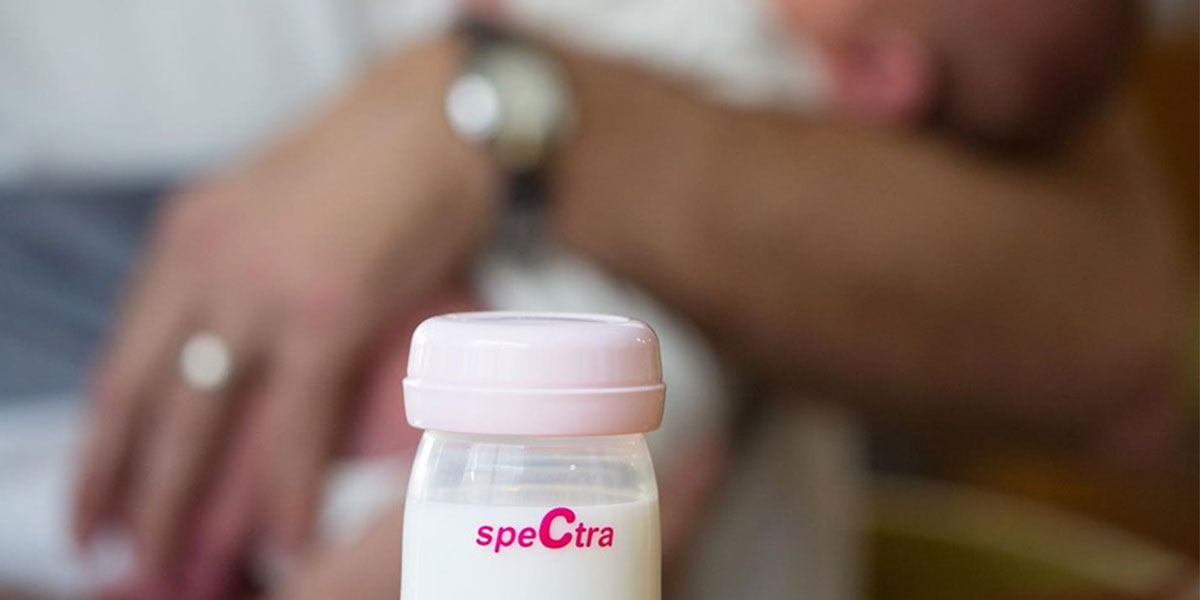Pregnancy and Breastfeeding after 35
By Jacquelyn Ordner BSN, RN, IBCLC, RLC
The fact is that most moms over 35 have healthy babies and normal pregnancies. There are increased risks for mothers experiencing pregnancy after age 35, but the risks are still relatively low. The increased risk of pregnancy complications correlates to potential increased difficulty in breastfeeding as well. So, what should you know before considering pregnancy after 35? We’ve got the details!
For the first time in history, the birthrate of babies born to mothers in their 30’s has eclipsed the birthrate of babies born to mothers in their 20’s. For this reason, it is important to know the risks associated with what is technically called a “geriatric pregnancy”. Another medical term, used to identify mothers over age 35, is “advanced maternal age”. Ouch! Though these terms may not feel very flattering, it is important to understand what they mean.
Why 35? There is no magic transition that happens the day a woman turns 35, but many risks begin to increase rapidly by a woman’s mid-thirties.
Fertility – By age 30, a woman’s ability to get pregnant begins to decline and does so more rapidly as she approaches her mid-thirties and beyond. In fact, the odds of getting pregnant naturally at age 45 are less than 4%. Why does a woman’s fertility decrease as she gets older? This happens because women are born with a certain number of eggs. The amount of eggs she has decreases, and eggs remaining into the mid-thirties and beyond are more likely to have abnormal chromosomes. As a woman ages, her risk of fertility affecting disorders, like uterine fibroids and endometriosis, also increases.
Complications – The risks of preeclampsia, gestational diabetes, and placenta previa all increase for older mothers as well. The increased incidence of these complications largely contributes to the increased risk of cesarean delivery. It is important to know that the risks of stillbirth and miscarriage are also increased for pregnant women over 35. The risk of miscarriage is about 15% at age 35, 20% at age 40, and 40% at age 45. Miscarriage occurs in every 1 out 1,000 births in women under 30 and increases to 1.4 out of every 1,000 births for mothers ages 25-39. The rate increases to 2 out of every 1,000 births at age 40. *It is especially important to understand that maternal pre- pregnancy health is a huge factor in the development of pregnancy complications. Mothers are encouraged to ensure any existing health conditions are well controlled, that they are at a healthy weight, and that they are eating a healthy diet BEFORE trying to become pregnant.
Chromosomal Abnormalities/Birth Defects – A chromosomal abnormality occurs when there is any missing, damaged, or extra chromosome. Down Syndrome is the most commonly occurring chromosomal abnormality for babies born to older mothers. The risk of a mother having a baby with Down Syndrome increases from 1 in every 1,480 births at age 20 to 1 in every 353 births at age 35. Prenatal screening tests are available to assess the risk of baby being born with certain specific disorders or conditions.
What about breastfeeding? Does being over 35 mean moms will have more difficulty nursing or pumping breastmilk for their babies? The available evidence leads us to believe that any increase in breastfeeding difficulty is likely related to the increase in complications experienced by mothers over 35 years of age. Complications such as preeclampsia, gestational diabetes, and the need for cesarean section can delay mom’s milk from coming in by a few hours to as much as a few days. This can set the stage for future breastfeeding difficulties. Additionally, babies born with certain chromosomal abnormalities or birth defects can have a harder time nursing. This can lead to a delay in mom’s milk coming in, low milk supply, and even mastitis.
Can I still have an, uncomplicated pregnancy, a healthy baby, and a successful breastfeeding experience after age 35? YES!!! You absolutely can! When reviewing the risks associated with advanced maternal age, it’s important to notice that the percentage of increase is small in many categories. Gaining knowledge and insight before becoming pregnant can be immensely helpful. Also, working with a healthcare team, who is experienced in caring for older mothers, is key! It is essential to contact an International Board Certified Lactation Consultant (IBCLC) for support with any breastfeeding challenges that are not easily managed. Having the right support can make all the difference!
Sources:
Colombo, L., Crippa, B. L., Consonni, D., Bettinelli, M. E., Agosti, V., Mangino, G., … Mosca, F. (2018). Breastfeeding Determinants in Healthy Term Newborns. Nutrients, 10(48). doi: 10.3390/nu10010048
Women’s Health Care Physicians. (n.d.). Retrieved December 16, 2019, from http://www.acog.org/.











